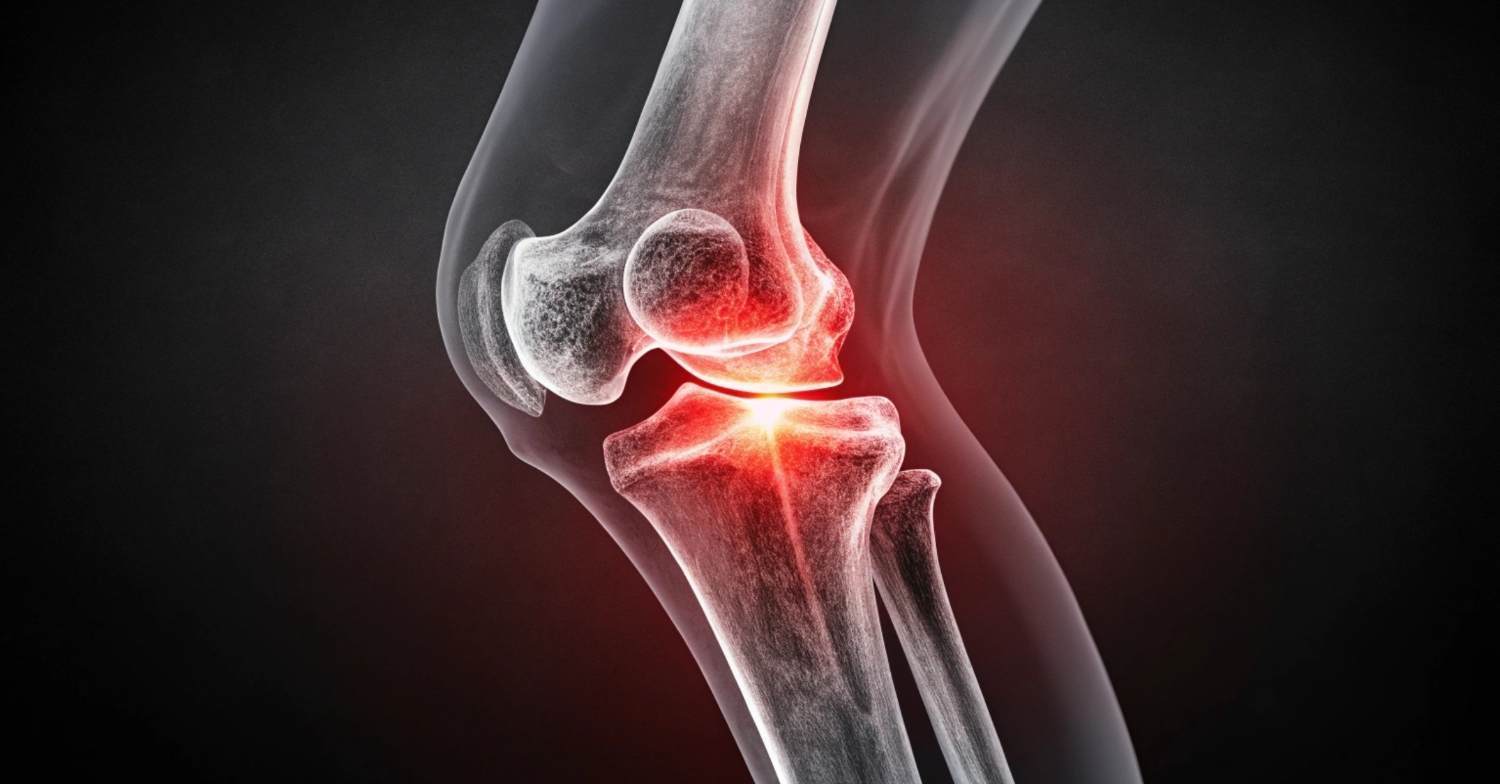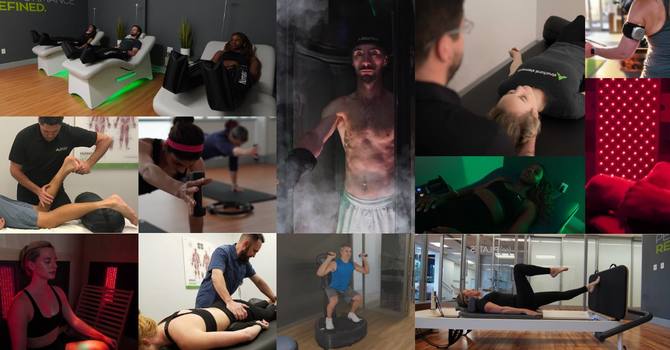
Can you relate to any of these?
“My back has been bothering me for months. Do you think I need an MRI?”
“The MRI showed there was a disc herniation at L4-L5. It’s good to know it wasn’t all in my head.”
“The doctor said the imaging did not really show anything, so now they are sending me to pain management.”
“I’ve been dealing with this for as long as I can remember. I’ve tried many things, but it doesn’t go away. I guess my tolerance to it has just increased.”
If you answered yes, stick around. You may be surprised by what you find out.
First, let’s dissect pain. Sure, it is a universal phenomenon we all experience, but pain is unique to the individual. No two people experience it the same way. We all know that feeling when you step on a Lego left on the floor… It's unpleasant, for sure, but it’s also annoying! Who left that Lego there?? Am I the only one that picks up around here?? In this example, we can see that pain is not just the initial shock of potential tissue injury but also memories and emotions it unpacks.
Pain has a biological purpose, which has allowed our species to thrive. Think about what happens when one loses sensation in their foot; The ability to sense tissue injury is lost, sores and cuts may go unnoticed, infection works its way into the body, and wreaks irreversible damage leading to loss of limb. It’s a quick spiral to fatality from there as the ability to flee from predators or other elements is impeded. Dramatic examples, as they may be, show that the ability to sense “danger” is essential to our being. The problem is the lines blur between pain and tissue damage. Pain ≠ damage. The International Association for the Study of Pain (IASP) defines pain as “an unpleasant sensory and emotional experience associated with, or resembling that associated with, actual or potential tissue damage” (2020).
Key points about pain:
- Pain is always a personal experience influenced by biological, psychological, and social factors.
- Through their life experiences, individuals learn the concept of pain.
- Although pain usually serves an adaptive role, it may have adverse effects on function and social and psychological well-being.
In the past, our understanding of pain processing was very basic: nerve cells called nociceptors receive the tissue damage signal, relay the message to the brain via the spinal cord, and the brain interprets the signal as pain to invoke a bodily response. Unfortunately, this does not explain pain that persists after the tissue is healed, why someone might feel pain without injury, or even why someone missing a foot can still feel pain in their “toe.” Pain processing is complex. Pain is processed in multiple regions in the brain, not just those selective to pain. These areas are intertwined with our emotions, memory, attention, planning, problem-solving, etc. This could explain why someone in pain has difficulty remembering appointments or details of conversations. Areas in the brain working together establish something called “pain memory,” which could facilitate our understanding of why we may experience more pain when stressed or every single time we wash the dishes but no other time. The brain interprets all types of sensory information: The temperature of the room you’re sitting in, the view of your surroundings, the sensation of the clothes you’re wearing, and the pressure of your bottom in the chair. On average, none of this information is altogether threatening; therefore, the brain assigns little importance to the stimuli. You can think of your nervous system as an alarm system. Alarm systems are always active and humming, but the alarm does not sound unless the threshold is crossed and a threat is perceived. When sitting for a long time, the pressure on your tissues builds to alert you to change position. Again, this is protective as prolonged pressure reduces blood flow, stretches ligaments, tendons, and muscles, and exerts excessive force on bones. Typically, after a tissue is injured, it becomes hypersensitive to heat or touch to facilitate healing. This is normal and resolves when healed. Unfortunately, this hypersensitivity can sometimes persist long after healing occurs, partly due to the meshing of information processed within similar regions. This, in effect, lowers the threshold for the alarm to fire. The pain signal arrives much sooner than before and with less threatening stimuli.
This process, attributed to structural and chemical changes at the tissues, spinal cord, and brain levels, is known as central sensitization. Hallmarks of central sensitization include hypersensitivity to painful stimuli, pain experienced in response to typically non-painful stimuli (a rub or gentle squeeze), and expanded pain presentation (e.g., what started as a back injury now spans the entire spine, neck, and head). Fear, avoidant behaviors, stress, life changes, lack of familial support, uncontrolled medical conditions, etc perpetuate central sensitization. This phenomenon can explain why treatment provided solely at the tissue level (massage, physical therapy/chiropractic, injections, surgery) may not resolve the pain. Instead, interventions may include fear reframing, goal setting, stress management strategies, sleep/diet optimization, general activity promotion, and mindfulness training. In a centrally sensitized system, pain is no longer reliable in warning of injury; thus, responding to it as soon as it arises may perpetuate the cycle. Management is multifaceted, multidisciplinary, and goal-based in addressing the whole person.
Here’s the catch: though pain may stem more from a centrally sensitized system, this does NOT negate that tissue injury could also contribute to the story. We think of the pain experience as a pie; A portion could be from damaged tissue, a portion from sensitized nerves, and a portion from a malfunctioning “motherboard.” We can’t hit CTRL+Alt+Delete on ourselves, so we identify which portion occupies the largest piece of the pie and prioritize interventions accordingly.
Now, armed with a fresh perspective on pain science, let’s go back to the beginning, this time with my response to these patient statements:
“My back has been bothering me for months. Do you think I need an MRI?”
If you’re over the age of 20, the MRI is going to show wear and tear. 30-95% of us (depending on age) are walking around with disc degeneration, and we don’t even have pain! Expert findings show no association between disc degeneration and low back pain; this means the findings on the MRI do not always explain why you’re hurting. Your prognosis might even be worse after getting the imaging as this perpetuates the fear that something is wrong.
“The MRI showed there was a disc herniation at L4-L5. It’s good to know it wasn’t all in my head.”
Pain is not in your head; it is real. Imaging results do not correspond to why you hurt.
“The imaging did not really show anything, so they are sending me to pain management.”
Understanding more about what causes pain actually reduces the pain! Tons of research in the area of pain neuroscience shows this. You may have had an old injury that has healed, and the uninvited party guest (pain) stuck around. Non-invasive pain management approaches do exist, including cognitive behavioral therapy, which teaches us how to cope with anxiety, fear avoidance, and pain catastrophization.
“I’ve been dealing with this for as long as I can remember. I’ve tried many things, but it doesn’t go away. I guess my tolerance to it has just increased.”
You don’t have to live in pain. It may take time, but a full dissection into pain-provoking factors may lead you to discover maladaptive movement patterns, behaviors, and psychological or socioeconomic influences of your pain experience.
If you’ve been riddled with persistent pain, don’t wait a second longer. You can take back your life.
Visit these resources to learn more:




